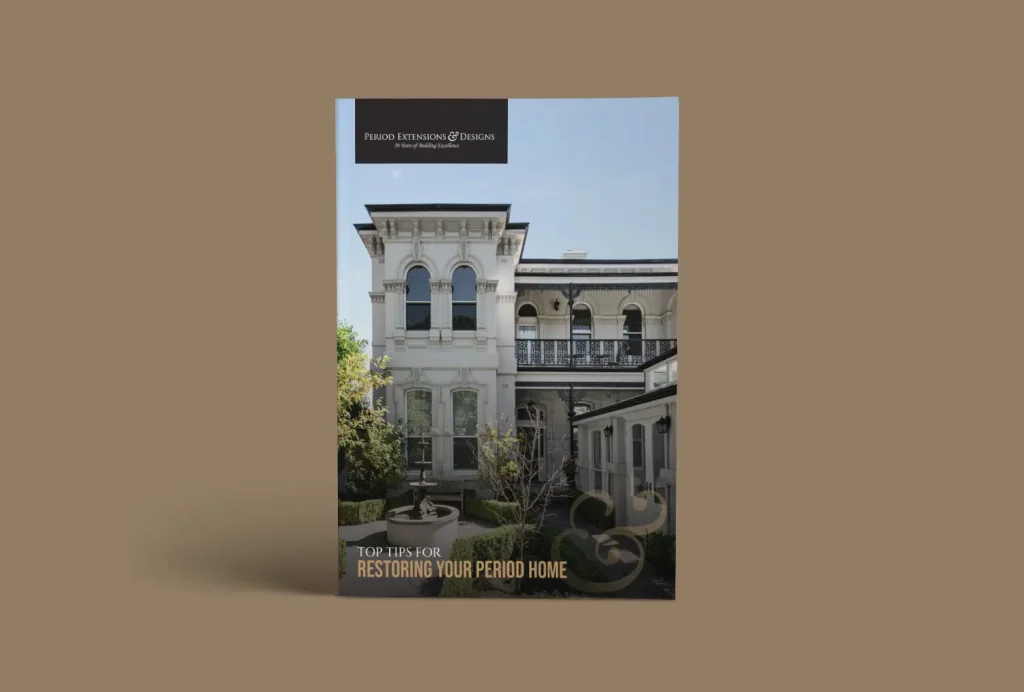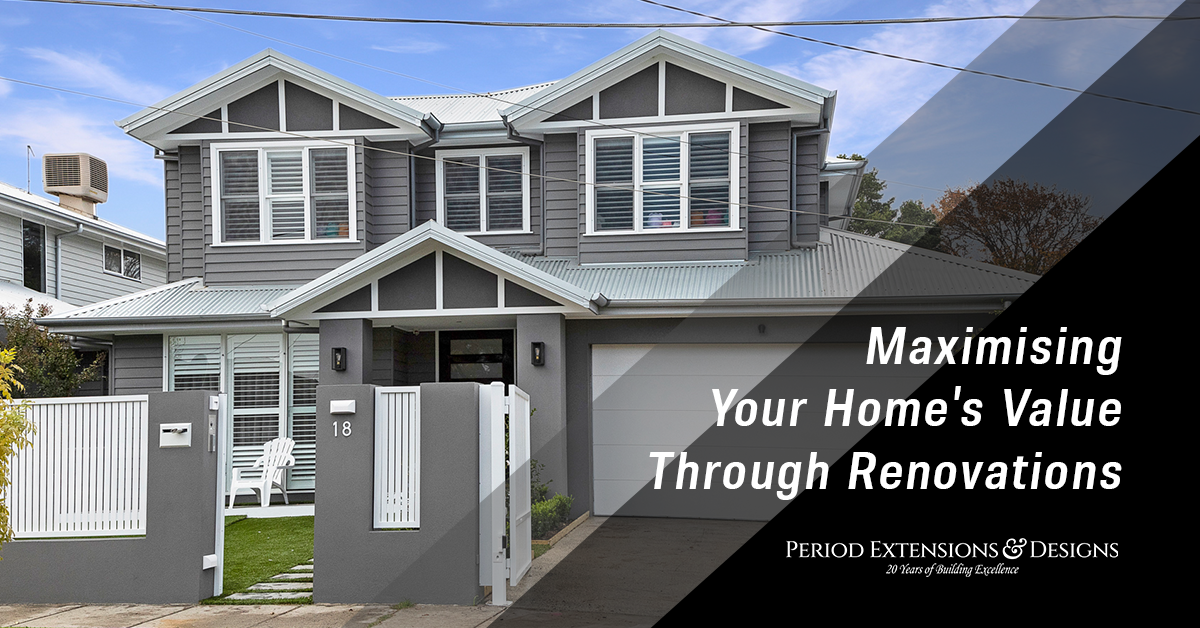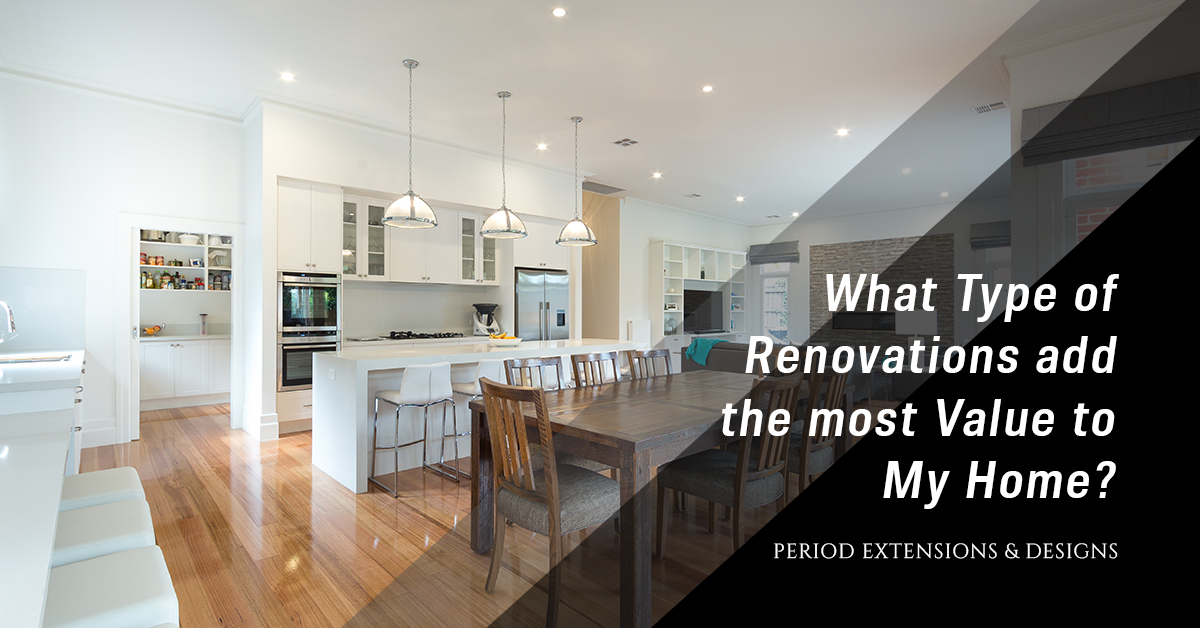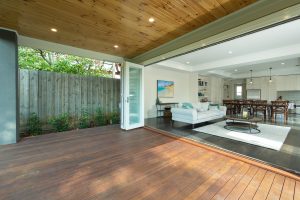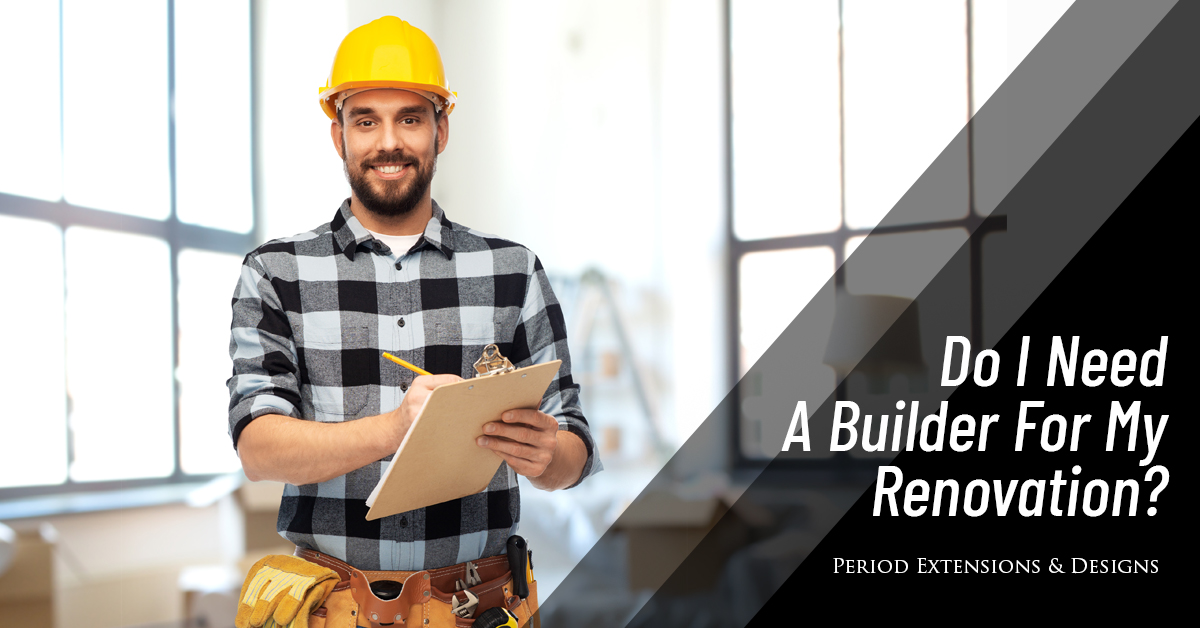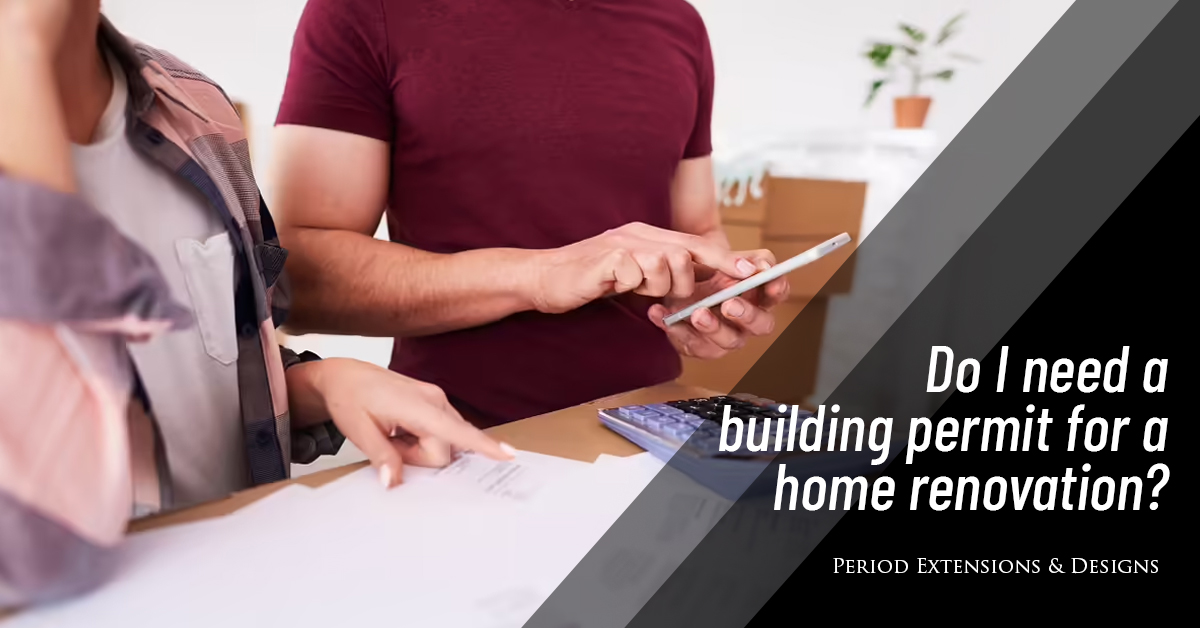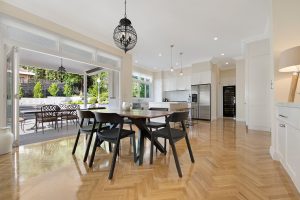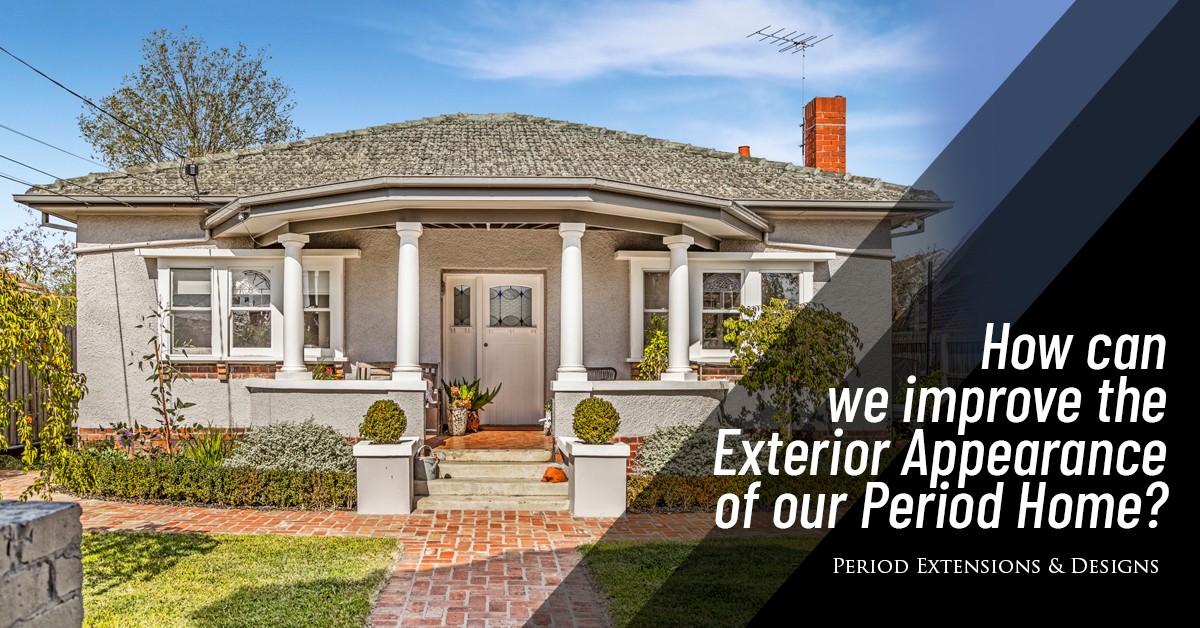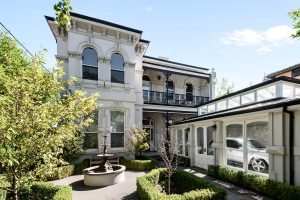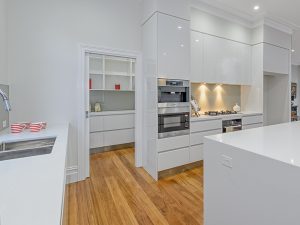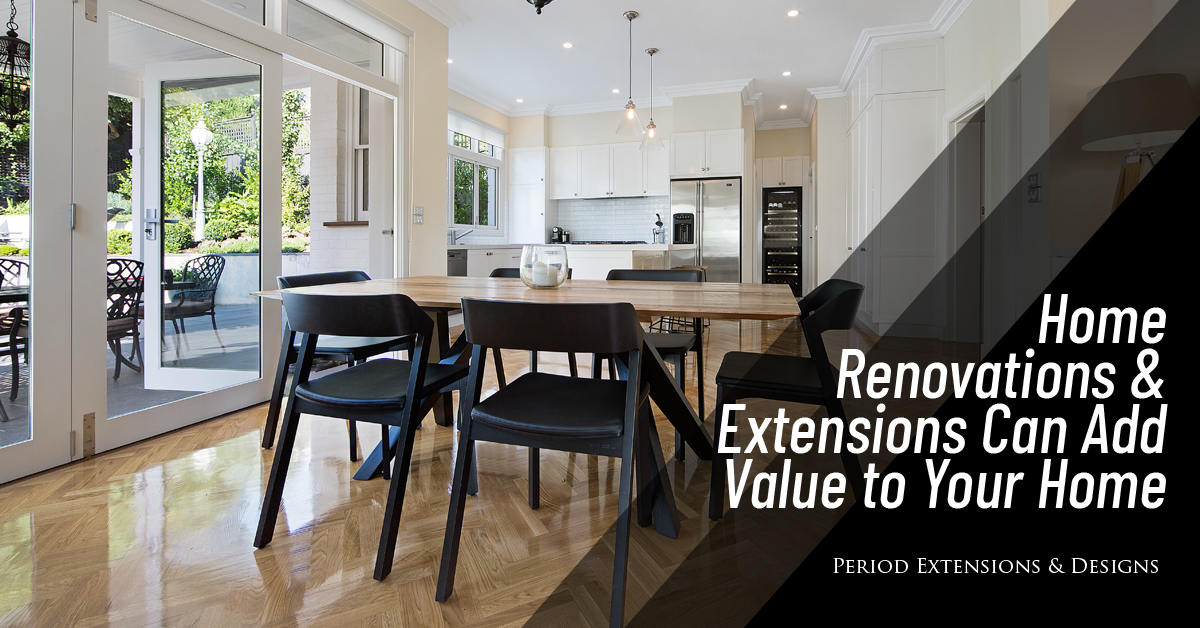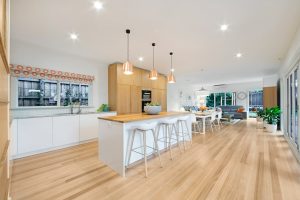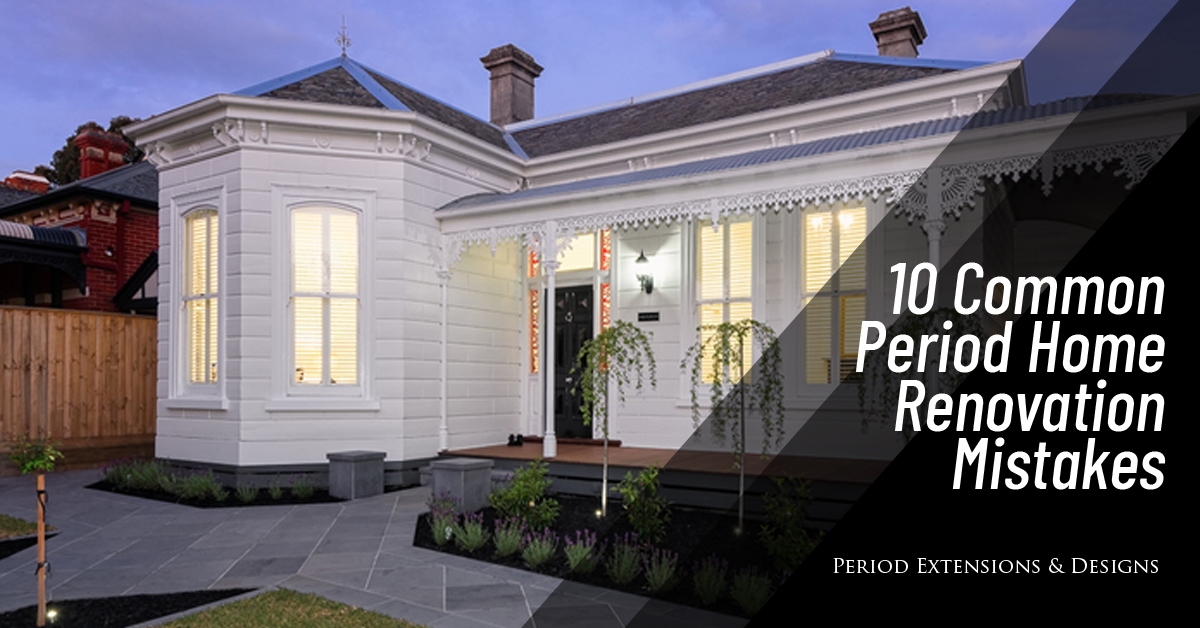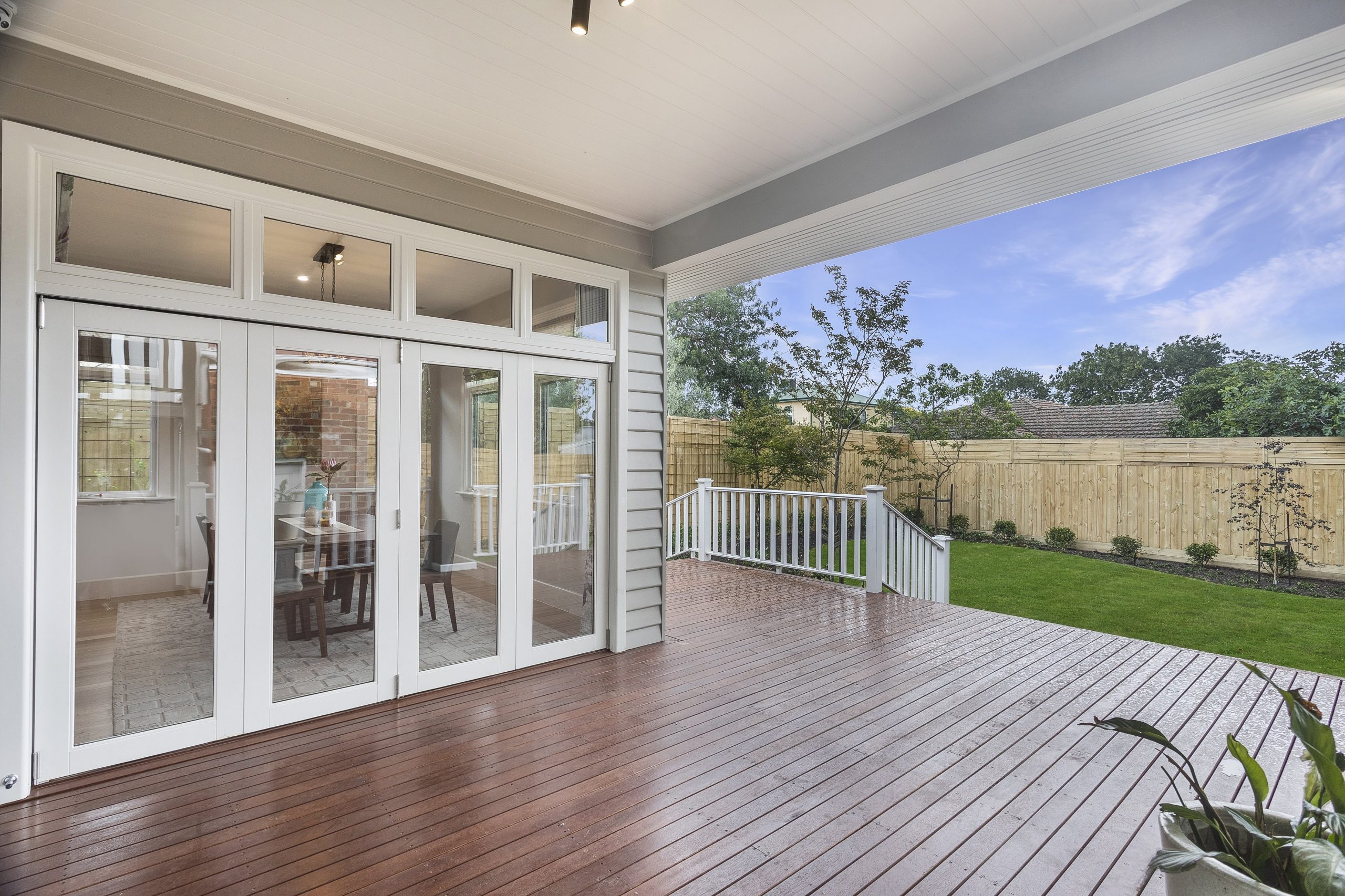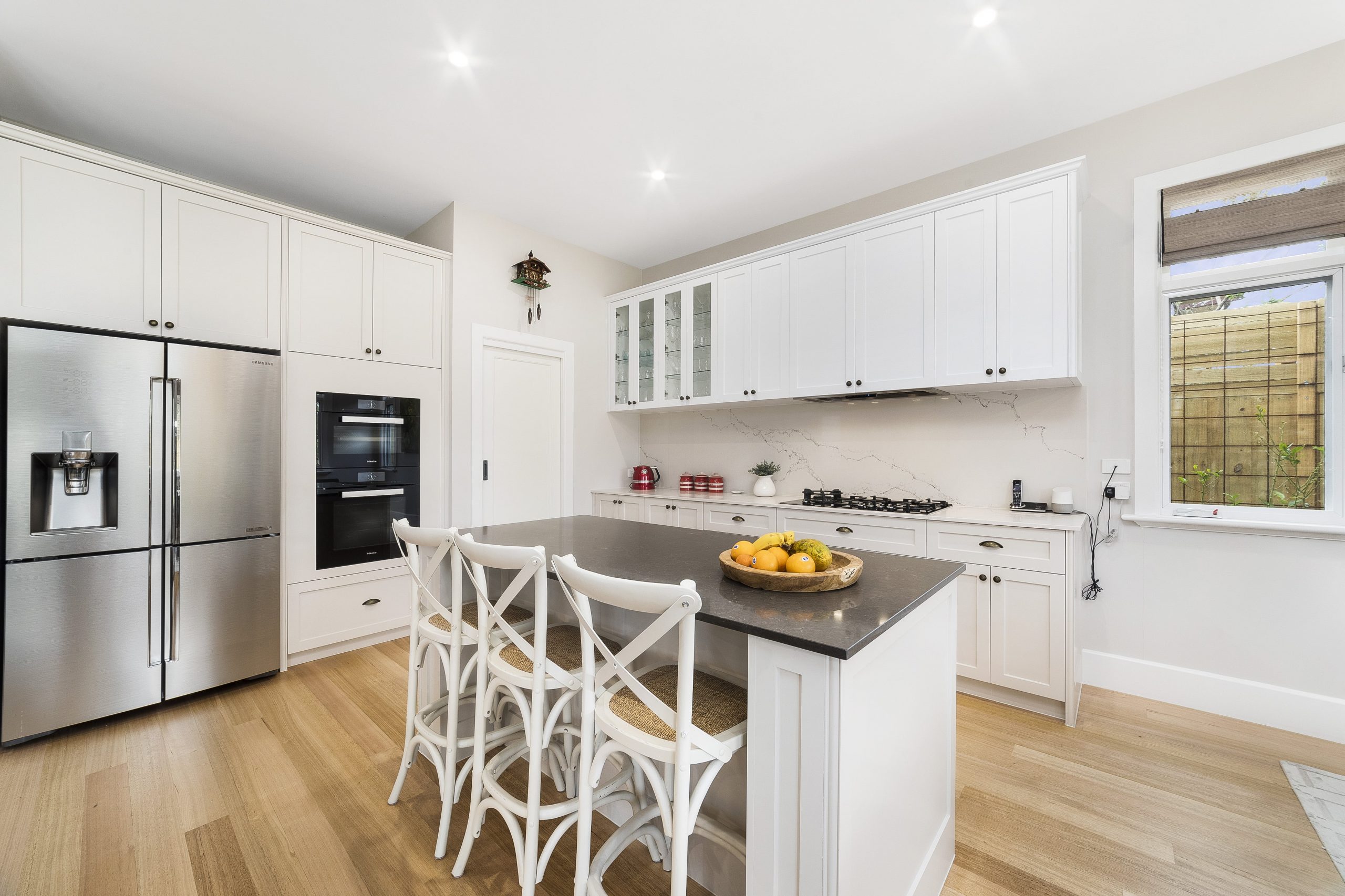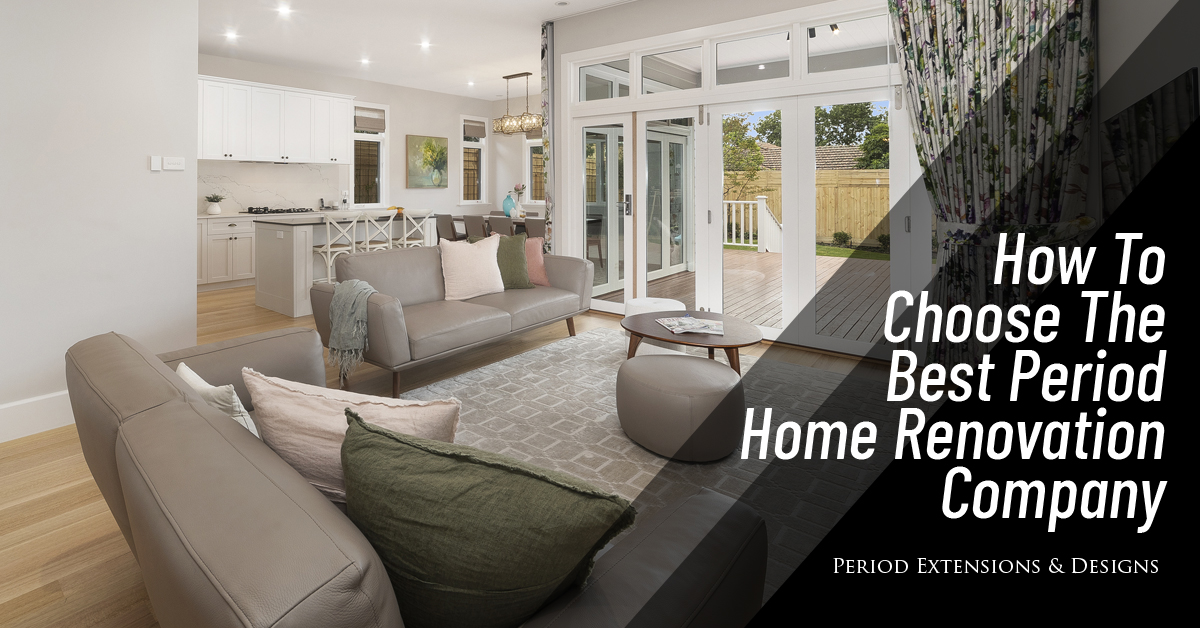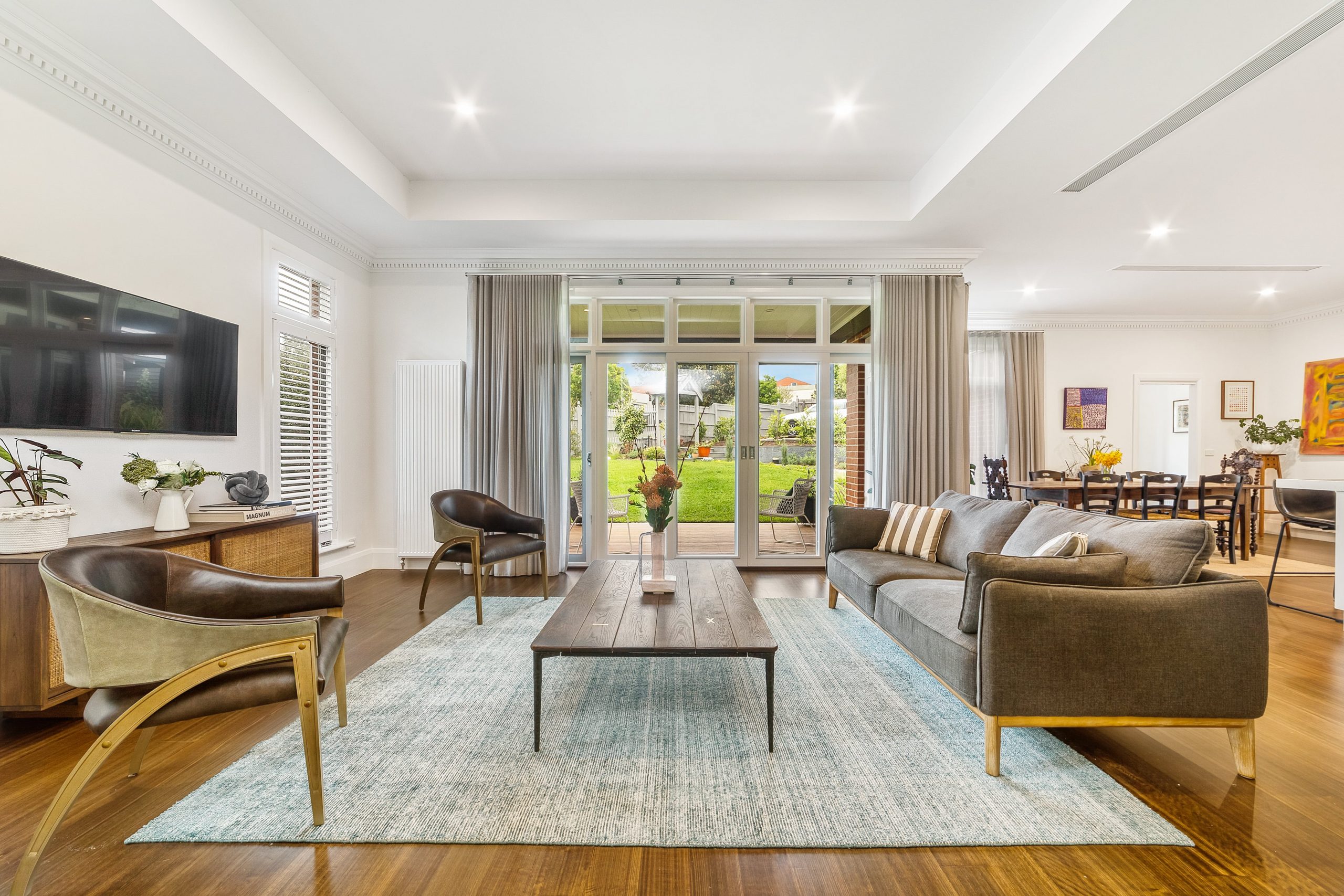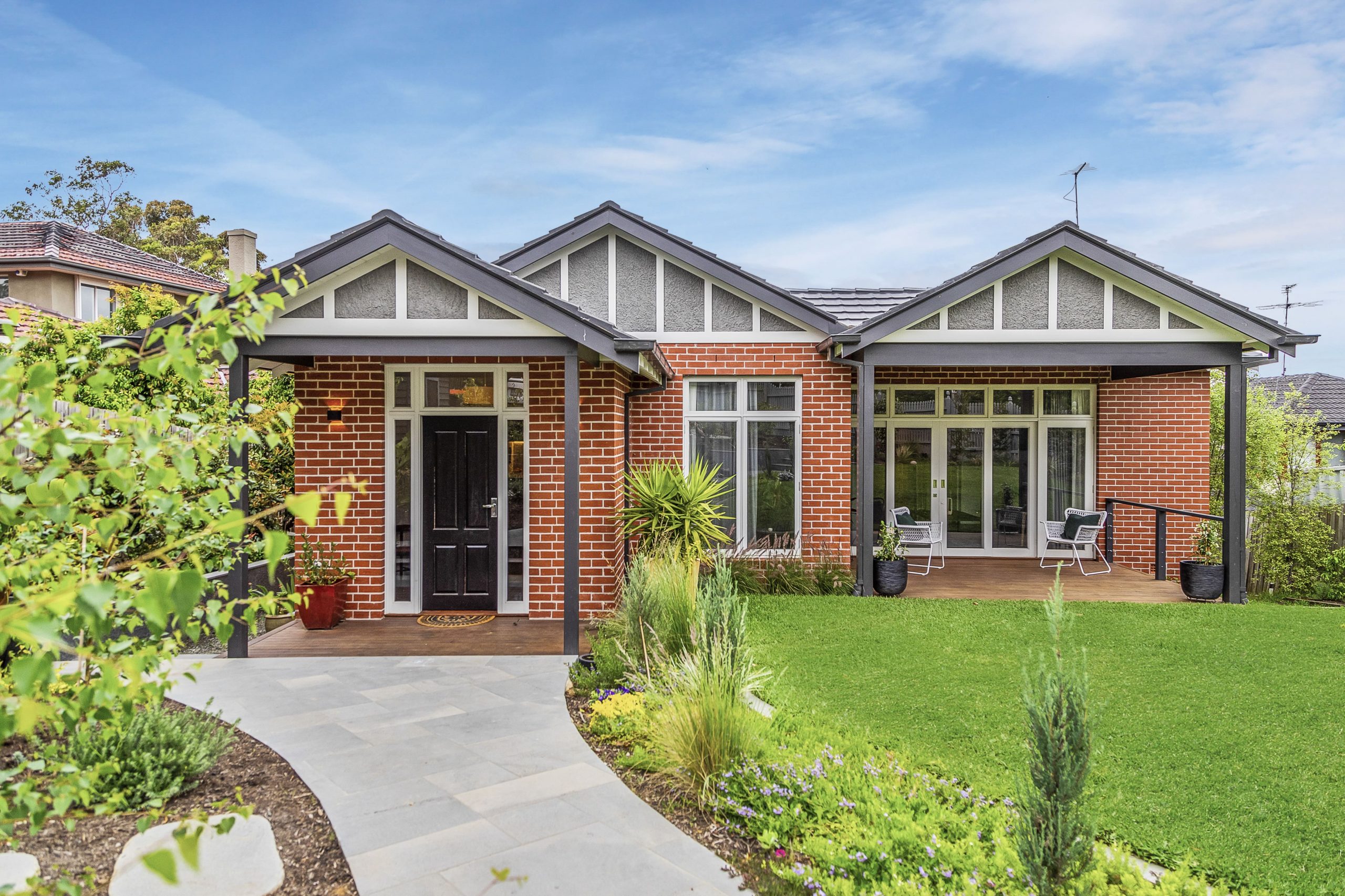Maximising Your Home’s Value Through Renovations
As a homeowner, you may be considering renovations to not only enhance the aesthetics and functionality of your home but also to increase its value. Renovations can be a smart investment that not only improves your living space but also boosts the overall value of your property. Whether you are planning to sell your home in the near future or simply want to increase its market value for potential future sales, understanding how to maximise your home’s value through home renovations is essential.
In this blog, we will explore various renovation ideas and tips to help you make informed decisions and achieve the best return on investment (ROI) for your home improvement projects. From small updates to larger-scale renovations and extensions, we will discuss key considerations, design elements, and other factors to help you increase your home’s value and create a more desirable living space.
Key Considerations For Renovations
Renovating your home requires careful planning and consideration. Here are some considerations and tips to keep in mind:
Small Updates With Big Impact
Not all home renovations require major overhauls. Here are some small updates that can have a significant impact on your home’s value:
- Street Appeal: Enhance the exterior of your home by restoring any beautiful original features, adding fresh paint, updating the front door, landscaping, and installing outdoor lighting. These small updates can instantly boost the curb appeal and make a lasting impression.
- Lighting and Fixtures: Upgrade outdated lighting fixtures with modern and energy-efficient options to enhance the overall ambience of your home. Replace old fixtures with new ones to give your home a fresh and polished look.
- Decluttering and Organisation: A well-organised and clutter-free home can instantly make it feel more spacious and appealing. Invest in storage solutions, declutter your home, and organise your belongings to create a clean and inviting environment.
- Fresh Paint: One of the most cost-effective ways to update your home is by applying a fresh coat of paint. Choose neutral colours that can appeal to a wider audience and make your home feel clean, bright, and inviting.
Larger-Scale Renovations For Added Value
For your larger-scale renovations, here are some ideas that can significantly increase your home’s value:
- Kitchen Remodel: The kitchen is often considered the heart of the home, and a well-designed and updated kitchen can greatly enhance your home’s value. Consider creating an open-concept layout for a modern and functional kitchen space.
- Bathroom Renovation: Bathrooms are another area that can greatly impact a home’s value. Consider renovating outdated bathrooms with modern fixtures, and adding features such as a double vanity or a walk-in shower for a luxurious touch.
- Home Extension: We have discussed this in detail in previous blogs. Adding square footage to your home through a well-designed home extension can substantially increase its value. Whether it is a ground floor or second storey extension, you can significantly improve the overall functionality of your home.
- Energy-Efficient Upgrades: Installing energy-efficient features such as solar panels, double-glazed windows, and insulation can not only save you money on utility bills but also increase your home’s value by appealing to eco-conscious buyers.
- Outdoor Living Space: Creating an inviting outdoor living space, such as an alfresco, deck, or a lovely landscaped garden, can greatly enhance your home’s value by extending your living space to the outdoors and creating a desirable area for entertaining and relaxation.
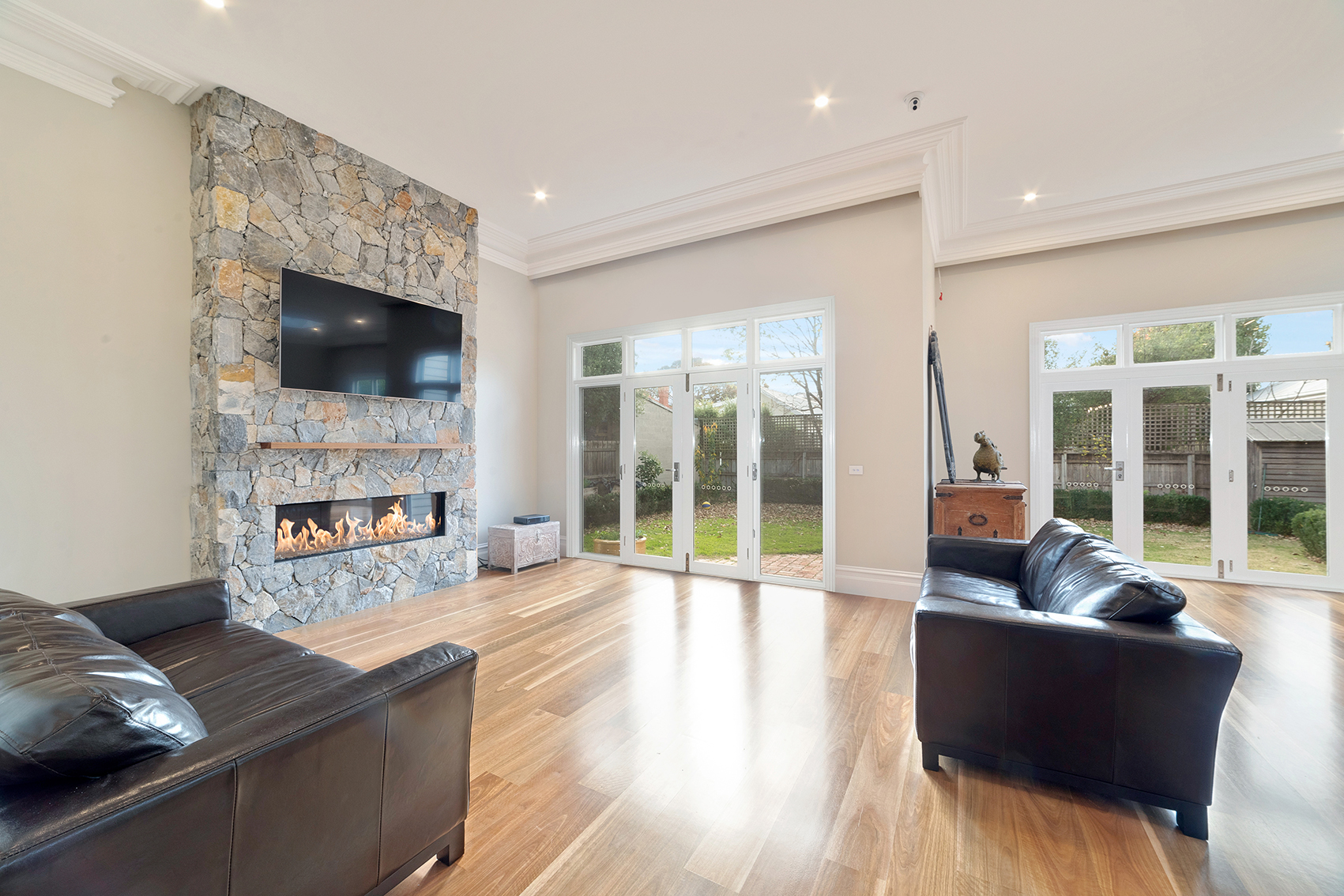
Design Elements To Enhance Value
When renovating your home to maximise its value, paying attention to design elements can make a significant difference. Here are some design tips to consider:
- Neutral Color Palette: Opt for neutral colours on walls, flooring, and fixtures to create a timeless and versatile look that appeals to a wide range of potential buyers.
- High-Quality Materials: Choose high-quality materials, fixtures and fittings for your renovations. Investing in quality materials not only enhances the aesthetics of your home but also adds to its overall value and longevity.
- Open Concept Layout: Creating an open concept layout can make your home feel more spacious and modern, which can greatly enhance its value. Consider creating an open flow between living areas, kitchen, and dining spaces.
- Ample Storage: Adequate storage space is always a desirable feature in any home. Consider adding built-in storage solutions, such as closets, cabinets, and shelving units, to keep your home organised and clutter-free, which can add to its value and appeal.
- Smart Home Features: Incorporating smart home technology, such as smart lighting and security systems, can add convenience, energy efficiency, and modernity to your home, increasing its value in the eyes of potential buyers.
- Street Appeal: The first impression matters, so enhancing your home’s curb appeal can greatly impact its value. Create an inviting and attractive exterior that sets a positive tone for the rest of the home.
- Attention to Detail: Paying attention to small details can make a big difference in the overall aesthetics and value of your home. Upgrading different types of elements in your home will create a cohesive and polished look throughout.
DIY vs. Hiring Professionals
When it comes to renovating your home to maximise its value, one important decision to make is whether to tackle the project as a DIY (Do-It-Yourself) or to hire a professional design and build team. Here are some considerations to keep in mind:
- Skill and Experience: Renovations require specific skills and experience to ensure they are done correctly and to a high standard.
- Time and Effort: DIY renovations can be time-consuming and require a significant amount of effort, especially if you have limited availability due to work, family commitments, or other responsibilities. On the other hand, hiring an experienced design and build team can save you time and effort, as they have the expertise and resources to complete the project efficiently.
- Budget Considerations: DIY renovations can initially seem more cost-effective. However, it’s crucial to carefully assess your skills and experience to avoid costly errors that may require expensive repairs or rework in the long run. Hiring a professional design and build team with the correct expertise can result in a higher-quality outcome that adds more value to your home.
- Permits and Regulations: Renovations often require permits and compliance with regulations. DIY renovations may require you to navigate through these requirements on your own, which can be very complex. Instead, it is preferable to hire an expert design and build team who are familiar with regulations and acquiring permits.
Final Thoughts
Renovating your home to maximise its value requires careful consideration of various factors, including the scope of the project, your skills and experience, budget, time availability, and potential risks. While DIY renovations may seem appealing to some, hiring an experienced design and build team can provide numerous benefits, including expertise, high-quality workmanship, efficiency, quality assurance, and compliance with regulations.
If you’re looking to renovate your home and want to ensure a successful outcome that adds value to your property, then you have come to the right place! At Period Extensions & Designs, we are experts in the design and construction of home extensions and renovations. We can provide tailored solutions that meet your specific needs and goals.
Please call us today at Period Extensions & Designs on (03) 8658 1340 or make an enquiry.

